With NASA's Artemis Mission beginning to ramp up and Elon Musk stating his ambitious plans to get humans to Mars, the prospect of humans setting foot on the Red Planet in the foreseeable future seems – according to the claims at least – like a reality.
Speaking at the Code Conference in Southern California in 2016, Musk said “we should be able to launch people in 2024, with arrival in 2025.”
But is such a long journey to such an inhospitable world really realistic?

A journey to Mars and back could take three years, yet the longest time anyone has ever spent in space during a single trip is 437 days; a record set by Russian cosmonaut Valeri Polyakov.
Human bodies have evolved to live on Earth with its unique atmosphere and gravity, so how would a trip to Mars affect our circulatory system, our brains and our bones?
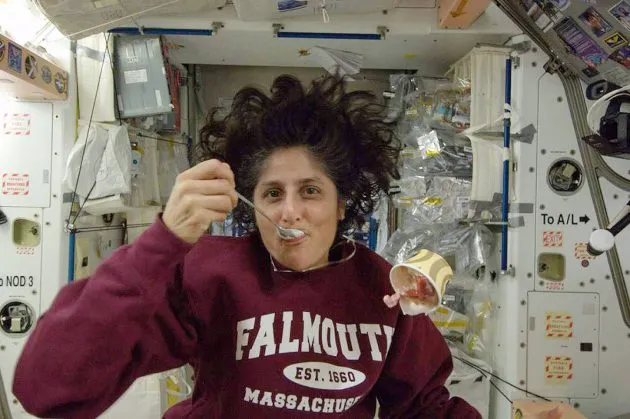
Mars journey and the human body
Space is an inhospitable place. Astronauts are bombarded with carcinogenic radiation, confined to cramped spaces and must receive their nourishment from a restricted diet.
An average stay on the Space Station is about six months.
Studies carried out on ISS astronauts show this relatively short time frame doesn’t damage the human body too much, but little is known about the long-term effects of space.
In March 2016, NASA astronaut Scott Kelly and Russian cosmonaut Mikhail Kornienko returned to Earth after 340 days on the ISS.
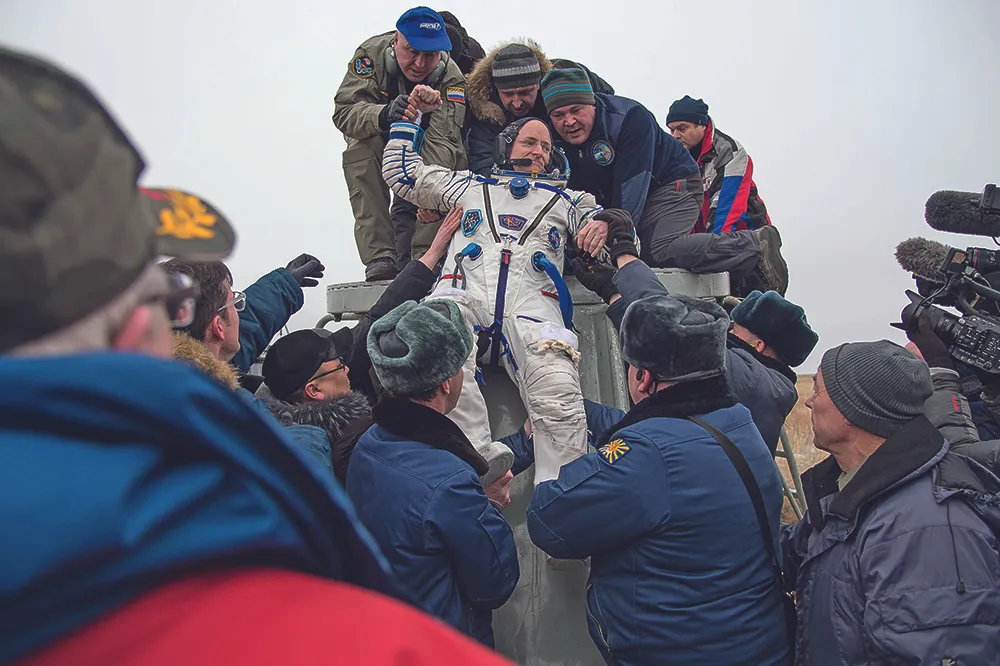
Tests were conducted to determine how much their bodies had changed during the One-Year Mission.
Speaking on board the station shortly before he returned, Kelly said: "Physically I feel pretty good, although when we look at the data back home there might be effects that are more significant than how I feel.
"I could do another 100 days, or another year if it made sense, but I’m looking forward to going home."
As challenging as life on the ISS can be, the journey to Mars would be even more so.
Astronauts undertaking such a journey would be more isolated and wouldn’t be able to regularly communicate with people back on Earth.
They would also have to cope with three specific challenges: gravity, radiation and confinement.
Challenges during a journey to Mars
Gravity
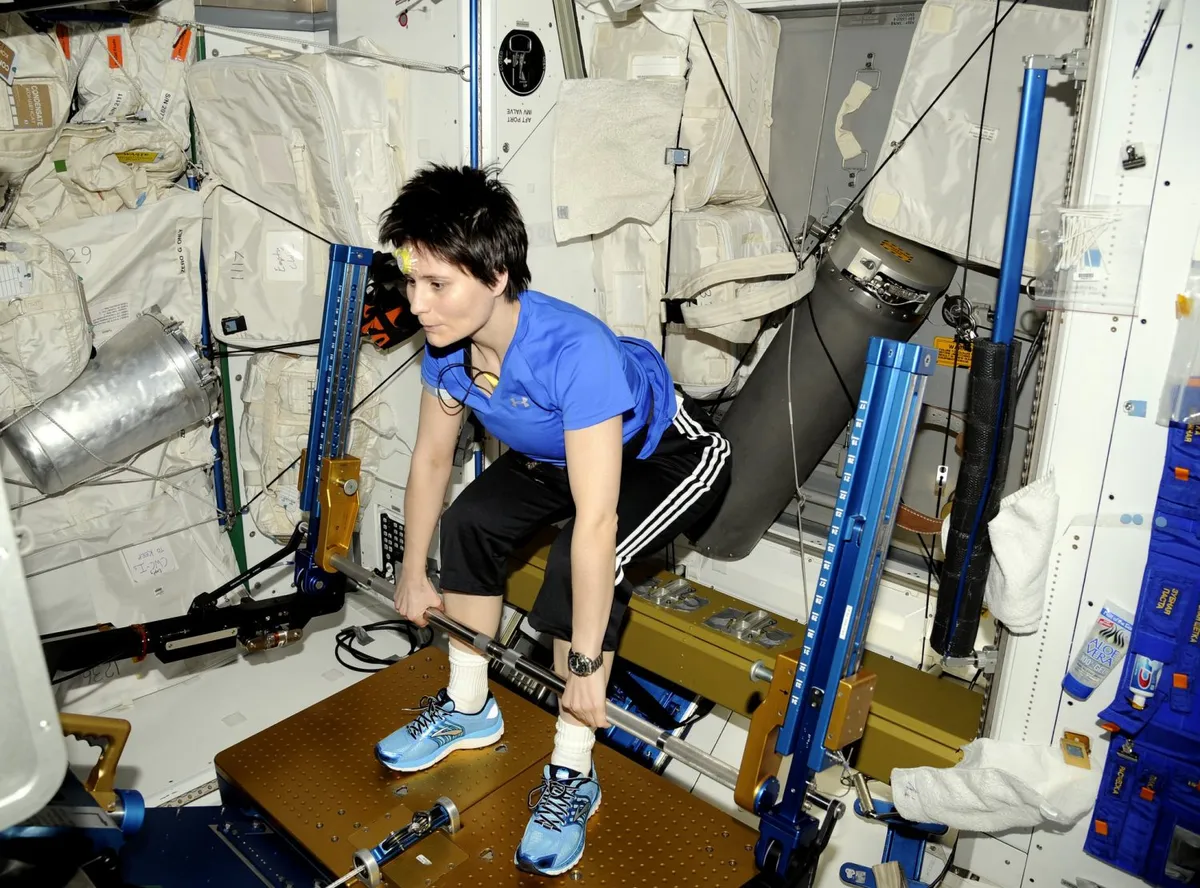
A mission to Mars would involve three gravity fields. Firstly, on the six-month journey to Mars astronauts would be weightless.
Then, upon arrival they’d have to live and work in gravity about a third as strong as Earth’s.
Finally, they’d have to readjust to Earth’s gravity on their return.
Switching and changing between gravity fields is a tricky business. Astronauts lose their balance and spatial orientation, suffer from motion sickness and struggle with head-eye and hand-eye coordination.
Going through all this while trying to land a spacecraft on Mars would be very dangerous indeed.

But sickness and confusion aren’t the only risks. Living in zero gravity means the body’s muscles have very little work to do, making them weaken and deteriorate over time.
It causes loss in fitness as the heart and lungs can’t pump oxygen around the body as well. Bone density drops at over one per cent a month, putting astronauts at a greater risk of developing osteoporosis.
Absence of gravity also means that the fluids in the human body don’t flow as they’re supposed to and instead drain upwards towards the head, putting pressure on the eyes and affecting vision.
Confinement
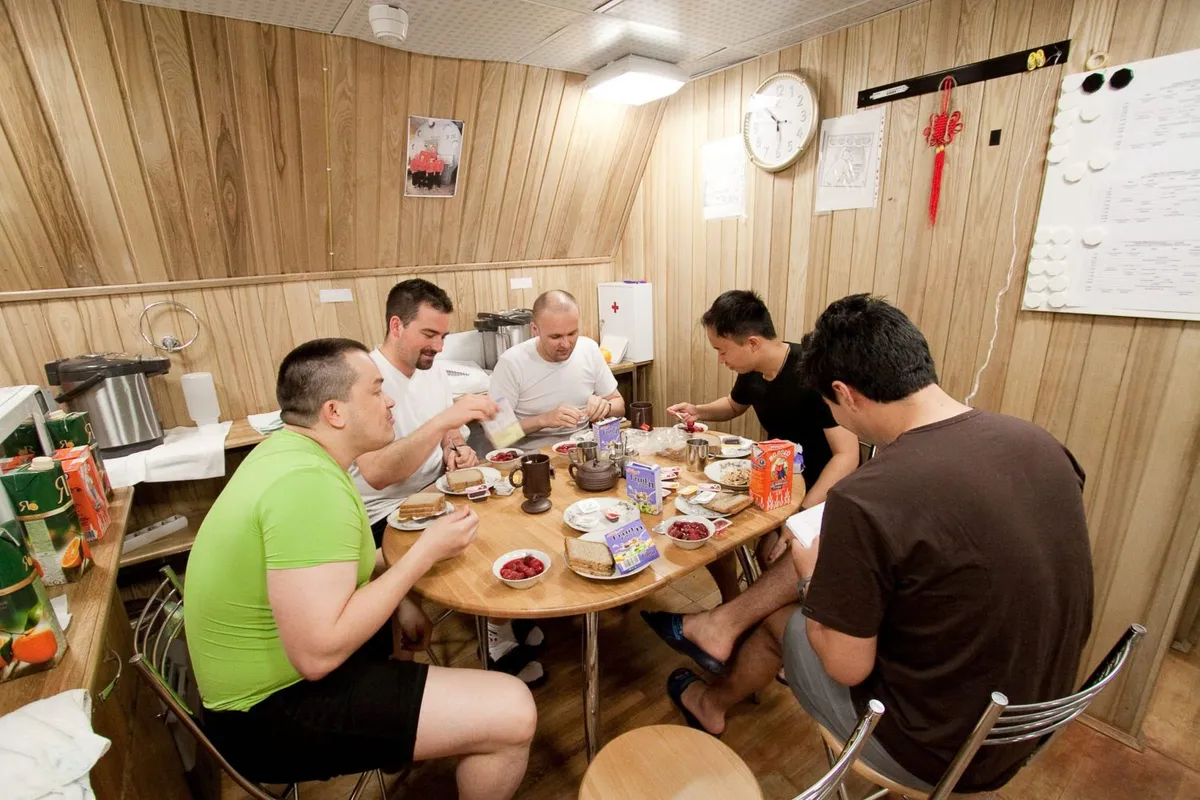
The importance of human psychology to a mission can’t be underestimated. During the Mars500 experiment in 2010, six men spent 520 days sealed inside a small windowless chamber at the Russian Institute for Biomedical Problems in Moscow.
The idea was to simulate a mission to Mars in isolation without fresh food, fresh air or sunlight. By the end of the study most of the crew members were suffering from insomnia and other sleep disorders.
Spending so much time crammed into small spaces with other people can lead to boredom, stress, anxiety and depression.
According to Kelly, he spent the majority of his year aboard the ISS living and exercising in a “box the size of a phone booth”. This space would be even smaller on a mission to Mars.

NASA only selects astronauts who are extremely mentally resilient, easygoing and have good social skills, but research shows that the more confined and isolated humans are, the more likely they are to develop behavioural and psychiatric disorders.
The lack of a day and night cycle can also mess with the body’s natural rhythm, leading to lack of sleep.
Along with fatigue from a gruelling work schedule, this could all add to a breakdown in relationships among crew, potentially leading to mission failure.
Also, microbes that live in the human body are more easily transferred between people in closed spaces.
To add to this, cramped conditions lead to elevated stress hormones that lower the body’s immune defences, making it more susceptible to those same bacteria.
Radiation
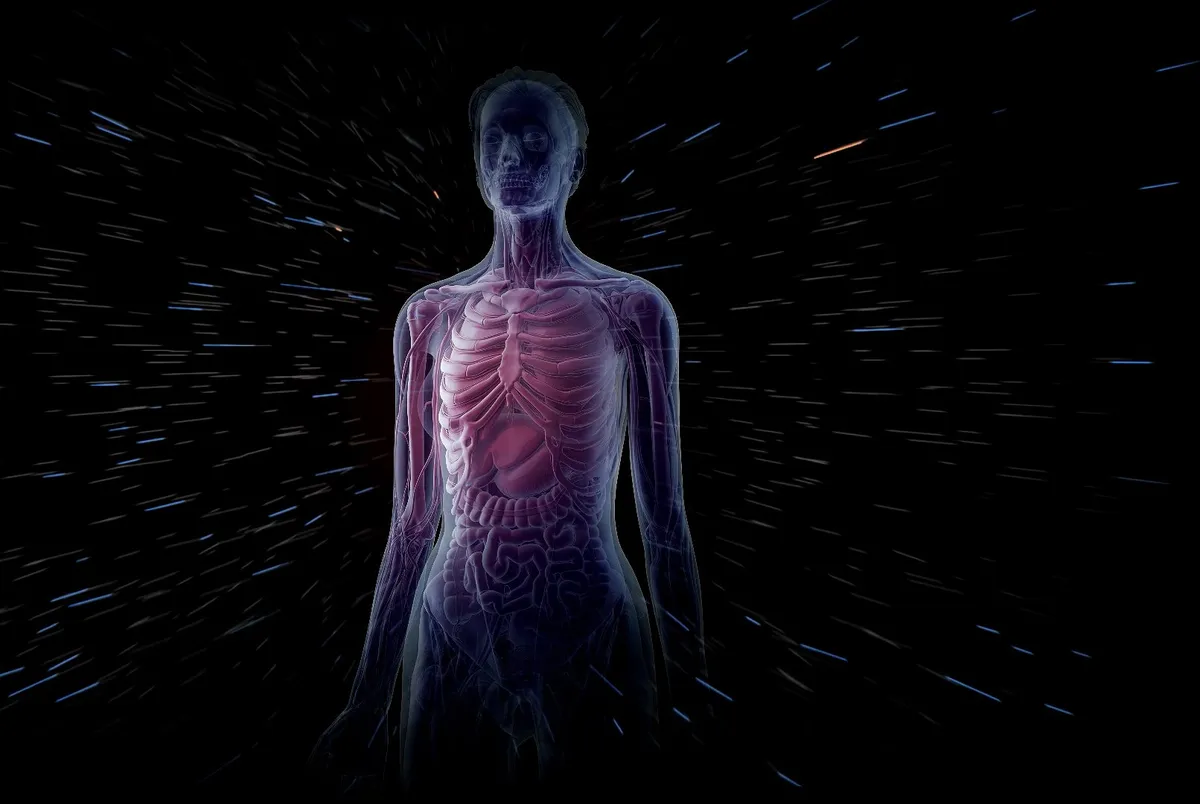
Earth’s atmosphere and magnetic field protect us from harmful UV and ionising radiation. In space, the dangers of solar radiation are increased, damaging human cells and mutating DNA, leading to cancer.
It can also affect the body’s central nervous system and cause nausea, vomiting, anorexia and fatigue.
On the ISS, astronauts have to cope with radiation 10 times higher than on Earth, but because the station lies within Earth’s magnetic field, it’s much safer than outer space.
The Apollo missions relied on the fact that astronauts were only outside Earth’s protective magnetosphere for about 10 days.
Astronauts travelling to Mars, however, would encounter radiation levels higher than humans have ever experienced, and be exposed to them for much longer.
To protect them, the spacecraft would either have to be much bulkier, making launches expensive and difficult, or be made of more efficient shielding materials.
NASA is researching structures called hydrogenated boron nitride nanotubes, which could provide sufficient protection.
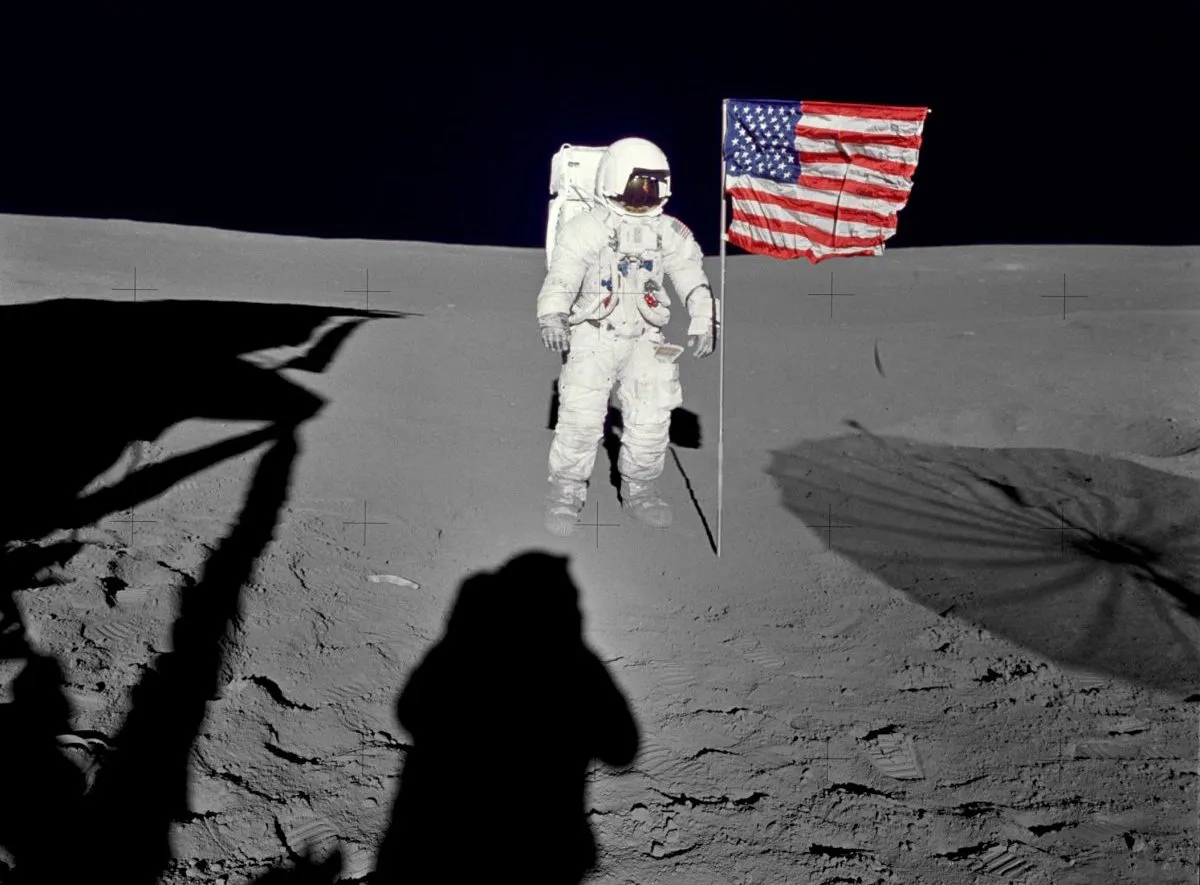
As radiation levels on the ISS are still comparatively low, astronauts wear dosimeters to track their exposure.
However, any mission to Mars would have to take the greater risk posed by prolonged exposure to radiation into account.
But what more can NASA do to protect long-duration astronauts from the radiation?
“We don’t yet know what the most effective countermeasures against radiation will be,” explains Mark Shelhamer, former chief scientist at NASA’s Human Research Program.
“But antioxidants and pharmaceuticals that repair cellular damage are among the things we’re looking at,” says Shelhamer.
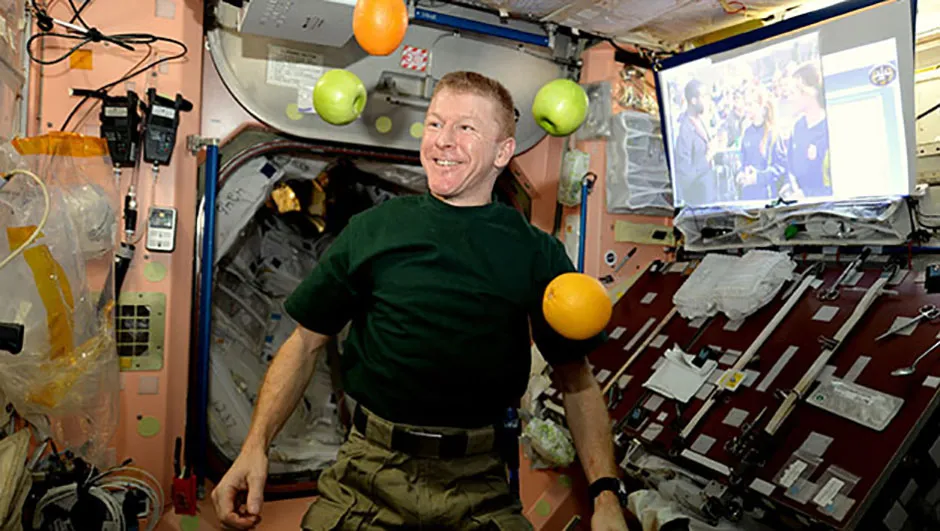
Credit: ESA/NASA
As for the other hazards outlined here, the best countermeasures currently available are exercise and diet.
“Astronauts exercise about two hours a day on the ISS,” says Shelhamer. “It’s very effective at countering muscle and bone loss, and degradation of cardiovascular function. It’s also a great psychological boost.
"And it’s essential to ensure the crew get the proper nutrients in a food supply that’s not as varied or fresh as on Earth.”
One thing is clear: while living and working on Mars may prove an extreme challenge, much work is yet to be done if we are to provide a safe route for astronauts journeying to the Red Planet.
Spending long periods in space
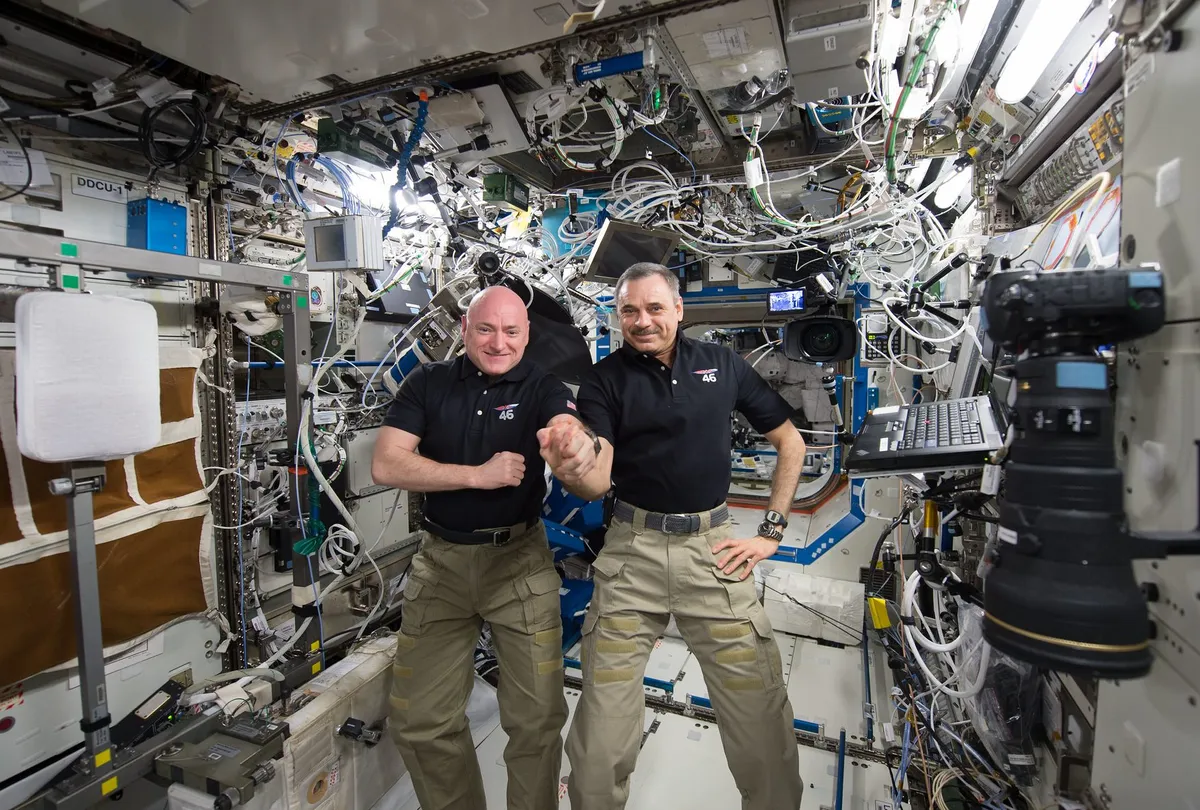
Scott Kelly and Mikhail Kornienko spent 340 days on board the ISS as part of NASA’s Human Research Program, which aims to test how the conditions of space affect the human body.
Both men regularly collected samples of blood, urine and saliva for later analysis.
They underwent tests to measure their aerobic capacity, their ability to make fine movements with their hands and fingers, and several aspects of their cognitive performance.
Following their return, scientists continue to measure these properties to see how Kelly and Kornienko’s time in space affects their readjustment back on Earth.
This research is especially important for missions to destinations such as Mars, where the astronauts must land and then carry out strenuous work, without assistance from support staff as they have on Earth.
And even when we get there, how would astronauts breathe on Mars? Clearly, there are many questions to answer over the coming years.
Do you think Elon Musk's plans for Mars are realistic? Would you take the trip? Let us know by emailing contactus@skyatnightmagazine.com
This article originally appeared in the May 2016 issue of BBC Sky at Night Magazine.